.
The promises of May are kept in June! Forgotten is the doom of night frosts; now, everything is growing wild, and we can already harvest lots of veggies, herbs, and fruits. Summer solstice is around the corner, and the days are long, hot and busy. Let’s see what garden tasks await us in June.
#1 Harvest and preserve
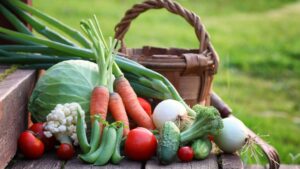
Many veggies that we sowed and planted earlier that year can now be harvested in June. Apart from lettuce, which we have already been harvesting for weeks, we can now yield sweet peas, broad beans, kohlrabi and our second batch of spinach and Swiss chard.
Many herbs like mint, sage, thyme, oregano, and others can now be dried, frozen or preserved in other ways. If you want to learn more about how to preserve herbs, this article will help you.
Calendula is now in full bloom, and you can pluck the flowers and dry their petals. Don’t know what you can use them for? Here are some ideas.
The strawberries are finally ripe (honestly, what is this about strawberries? I can never get enough of them!) and we’ll get busy cooking strawberry jam, the first jam of the season. If you happen to have elder bushes in the vicinity, you can harvest the flowers now and make syrup from them. It’s not only a tasty ingredient for drinks or in yoghurt, but can also be mixed with strawberries to make an interestingly flavoured jam. For more ideas on strawberry jam with a twist, read on here.
#2 Watering
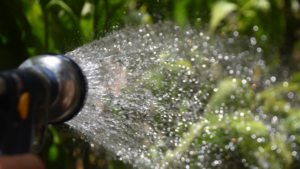
Watering is one of the most important garden tasks in June. So far, this year has been bone dry here in Southern Germany. We had almost no rain in spring and only occasional rainfall in May, just enough to keep the plants alive. While I’m not a great fan of watering, it’s essential to keep the soil moist, especially when we have freshly sown or transplanted. The seeds need water to germinate, and for that reason, we mustn’t let the soil dry out. Mulching (see next step) and hoeing are good additional methods to ensure that the soil stays moist.
#3 Mulching
When your plants are about 10 – 15 cm (4 – 6 inches) high, add mulch to your patches. Either use (dry!) grass clippings, (old) hay, straw or leaves. Also, good mulch material is wood chips that have the additional advantage of being avoided by snails and slugs.
#4 Sowing and planting
Wherever we harvest, we should sow or plant afterwards so that there are no gaps in the patches. That way, we cannot only harvest continually but also keep the soil covered. This will suppress weeds and keep the soil moist. This article summarises all the veggies we can either seed-start, sow directly or plant into our patches in June.
#5 Monitoring for pests and diseases
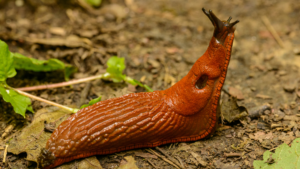
One of the greatest garden “tasks” in June is taking a daily stroll through the garden. First of all, because it’s good for the soul. Is there anything more satisfying than witnessing how everything we planned and prepared earlier that year comes to life and works out? I can’t think of one.
While we are there to enjoy our bountiful garden, however, we should also watch out for pests and diseases like a hawk. We haven’t invested all that time and energy to see our babies be either eaten off overnight or die from some disease. The earlier we detect possible harm, the better the chances of protection.
Snails and slugs, for example, are some dreaded pests, especially when it’s moist or wet, but even during dry spells, we should check for them under the mulch. A good way to keep those pests off our seedlings is to put snail collars around them, which they can’t overcome. Or you get out in the wee hours of the morning or the evening with a bucket and collect them. Choose your way, but I prefer the collars.
Other common pests are aphids, especially when the weather is dry. In this article, I explain how to get rid of them.
#6 Weeding
Mulch is a good way to suppress weeds, but sometimes it’s not enough, and we have to weed regularly before dandelion, couch grass, and nettles get the upper hand. As plenty of weeds are edible, you should consider making a pesto from them (for more, see this article). From nettle, dandelions and horsetail (and some more), you can make liquid manure as a fertiliser for your plants. Read here how to make nettle manure.
#7 Fertilising
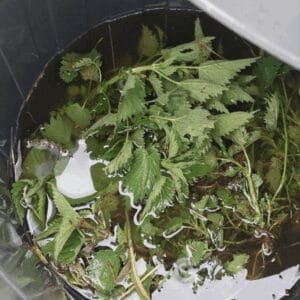
To help our plants thrive, we need to feed them. Depending on what parts oft he plants we want to harvest, we have to use different fertilisers: brassicas, for example, where we harvest the leaves, need mostly nitrogen to build large heads. Tomatoes and cucumbers, on the other hand, where we harvest the fruits from, need more phosphorus and potassium to build many large fruits.
Fertilise your heavy-feeders every 3- 4 weeks and the medium-feeders every 4 – 6 weeks.
#8 Fertilise and mulch berry shrubs
Your berry shrubs, like raspberries, gooseberries, currants, blackberries, and so on, need food as well. So, another garden task you should do in June is to fertilise your berry shrubs and fruit trees. They’ll profit as well from a healthy dose of that liquid manure from stinging nettles I mentioned above. Additionally, you should cover the soil under the bushes and shrubs now with mulch.
#9 Pruning tomatoes
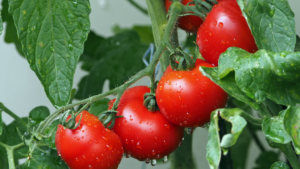
Every time we turn our backs on our gardens, even if it’s only for a second, our tomatoes seem to shoot out new suckers from their leaf axils. If you want to induce the plant to produce many fruits instead of leaves, you must remove these suckers before they get too large. Over here, you’ll find a detailed guide on how to grow tomatoes.
You can put the pruned suckers into water and they soon will form roots. If you want to and have some room left, you can transplant these new tomato plants in a few weeks into the patch.
#10 Gaining seeds
If you still have some vegetables from last year in your garden, they’ll be blooming by now, which attracts beneficial insects. In a few weeks, these blooms will turn into seeds that we can harvest and store for the next gardening season. The plants from those seeds are usually more robust and better adapted to your (micro)climate. Best of all: gaining our own seeds helps us save heirloom varieties and makes us (at least partly) independent from large seed companies.
June is a bit like a summer camp – everything’s growing, thriving, and probably getting a little wild when you’re not looking. Between watering, weeding, and wondering why your tomatoes are taking their sweet time, remember that gardening is part science, part art, and part wishful thinking. Your plants don’t need perfection; they need care, consistency, and maybe the occasional pep talk. So grab your watering can, embrace the dirt under your fingernails, and enjoy watching your little green kingdom flourish. After all, every master gardener started with one slightly wonky seedling!
Can’t get enough of gardening? These articles may also interest you:
Small garden, huge harvest: Maximising your small vegetable garden
Beginner’s Guide to Composting: How to make compost in 8 easy steps
Easy Vegetables for Beginners: 11 Foolproof Crops for Your First Garden in 2025
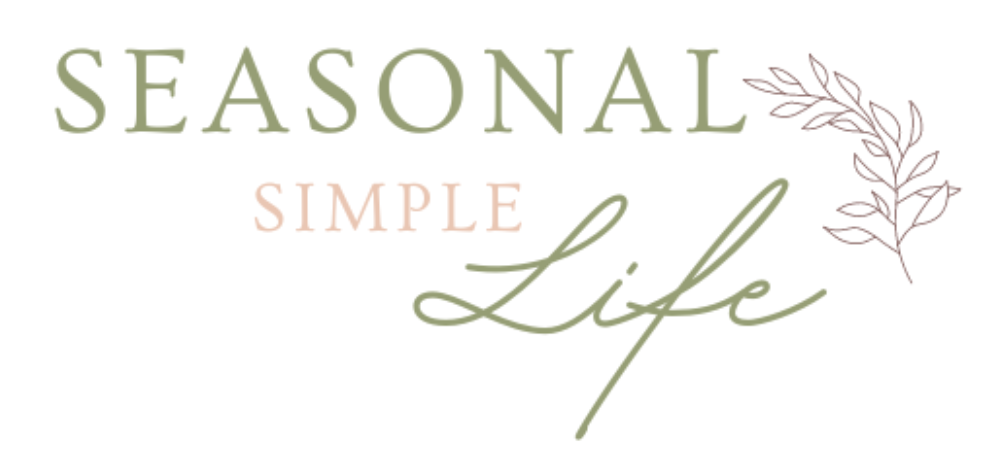
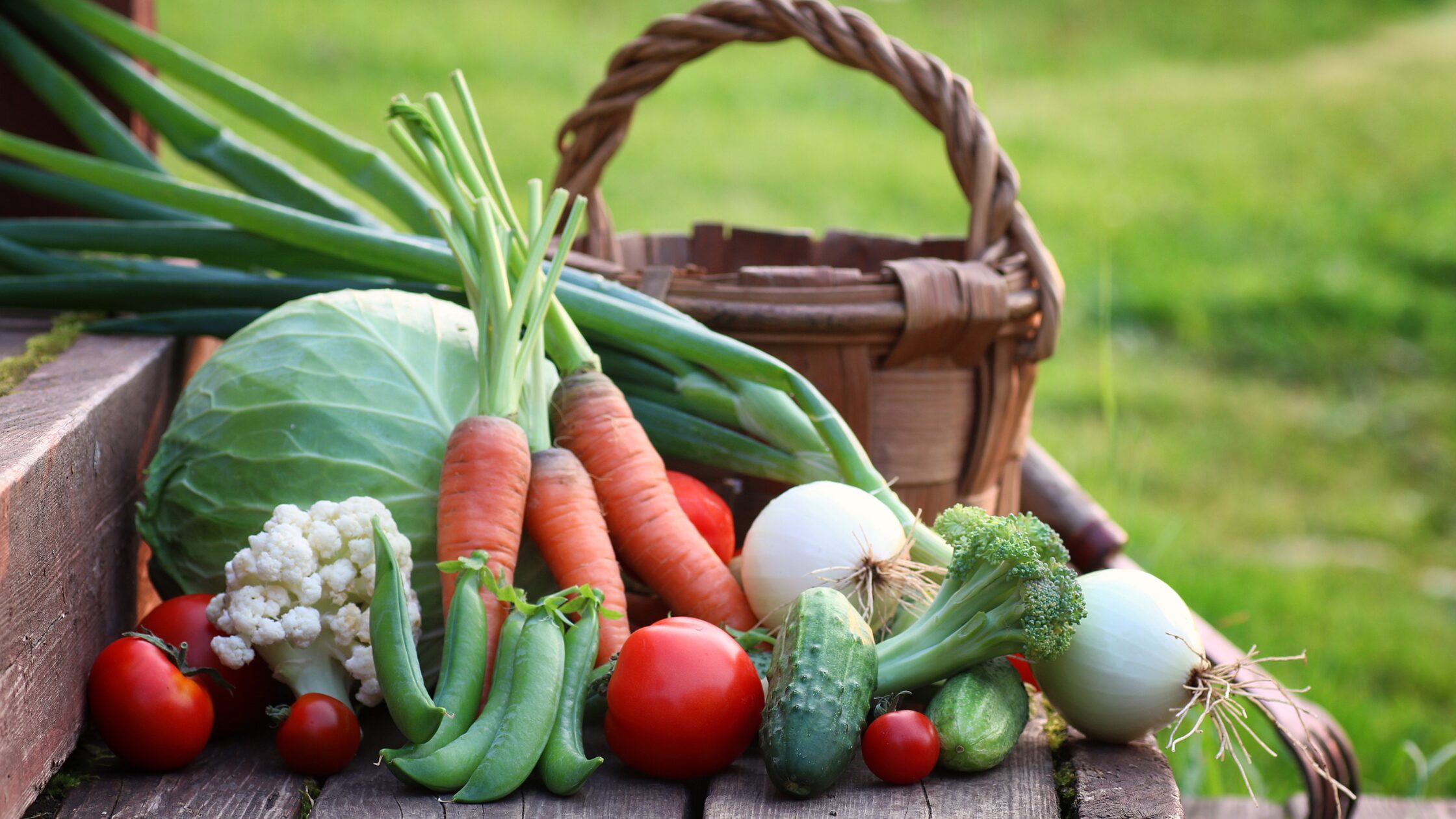
0 Comments